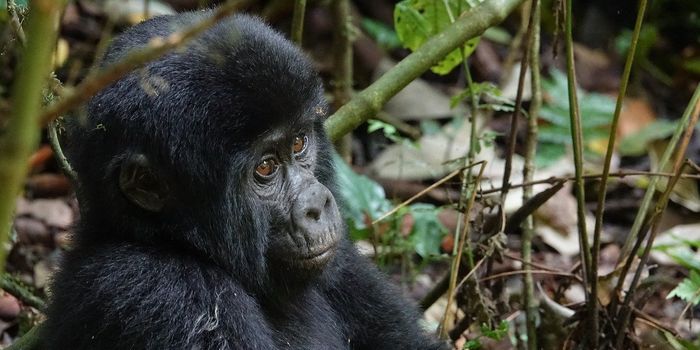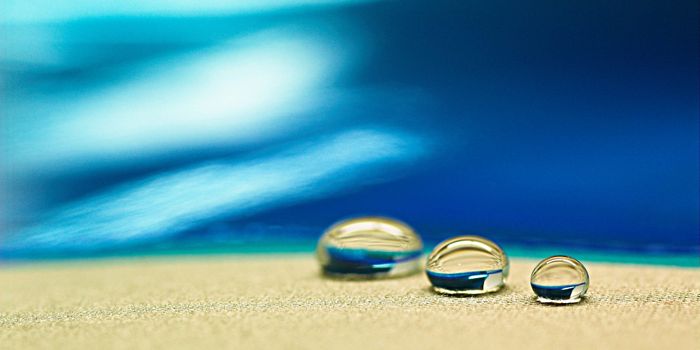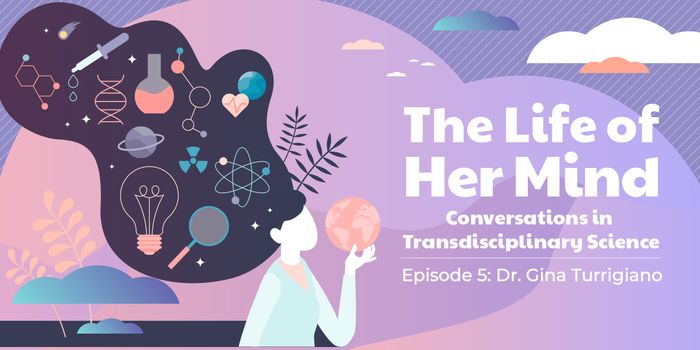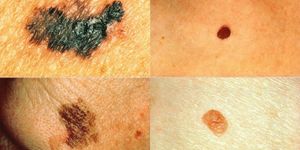Along with hot beach days and lazy, humid nights, summer brings certain foods. Ice cream, watermelon, burgers on the grill and fried chicken at picnics. Fried chicken is a staple in the American diet, and even if it's not the healthiest food ever, it's still something people love. When it's done right, it's both crispy and juicy and getting that combination means getting the chemistry just right between fat and temperature. Temperature is key . Oil, which is the fat part of the equation, must be heated to anywhere from 150 to 190 degrees Celsius. The best oils to use are a vegetable oil, canola oil, and peanut oil. They have a high smoking temperature so they aren't smelly and they have large molecules of triglycerides, which are a combination of glycerol and fatty acid chains.
Because of the chemical structure of the oil, when it's heated, convection occurs with lower temps at the bottom of the pan and heat being forced upwards to the surface of the chicken. The heat seeps into the center of the chicken pieces, which is conduction. The bubbles that are coming off the edges of the soon to be golden snack are not boiling oil. They are steam bubbles created from water molecules that leave the meat, and they create a barrier, so the chicken doesn't absorb all the fatty oils. Other chemical reactions that occur during cooking are hydrolysis, oxidation, and polymerization. All of this is a delicate balance of chemistry, molecules, and science, but the result is worth a little study. Bon Appetit!








